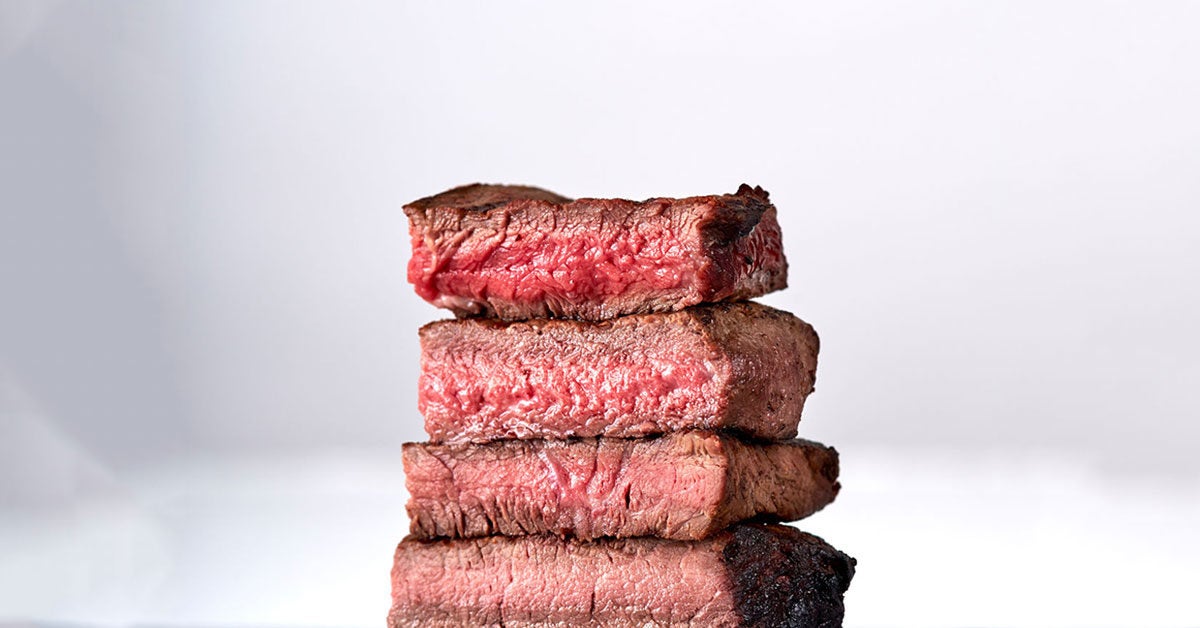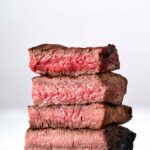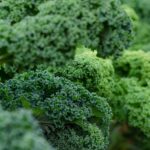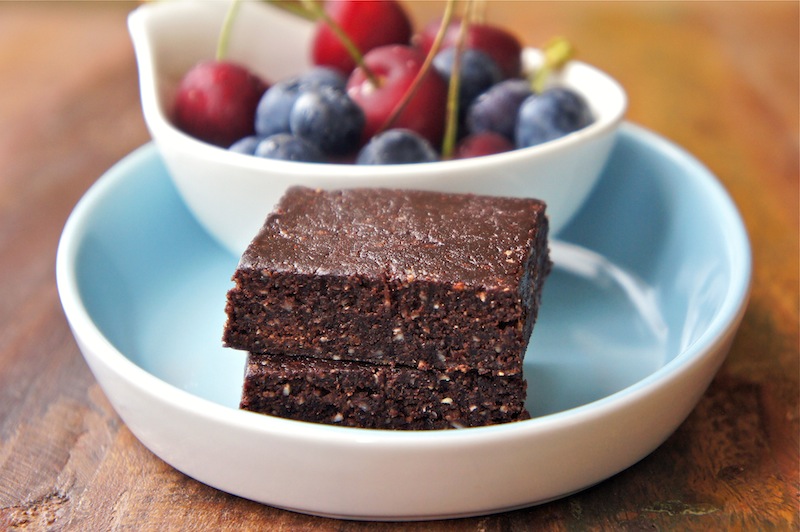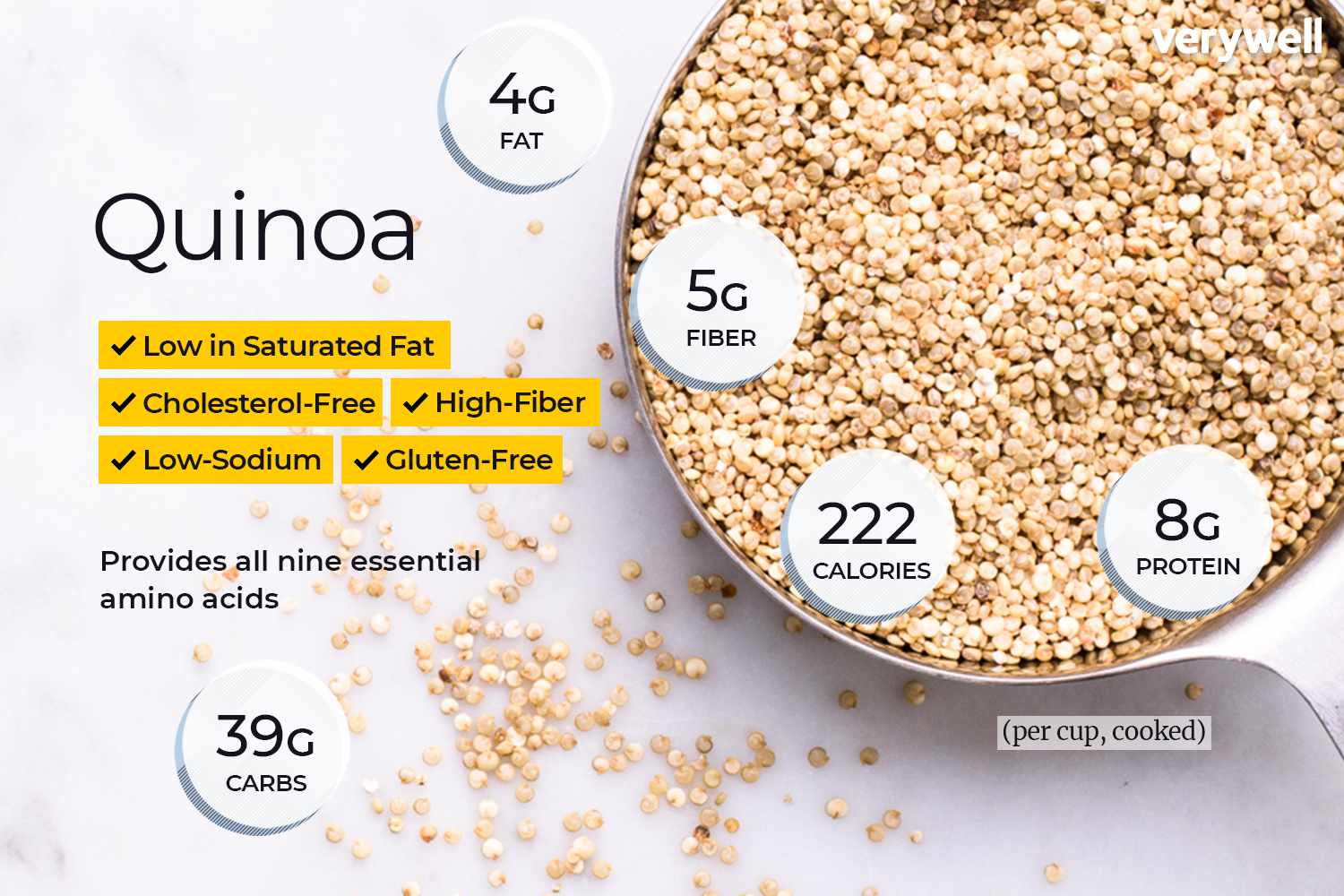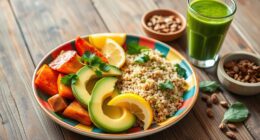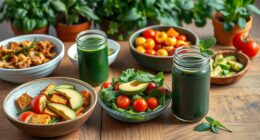
Eggs are not just a fantastic protein source, they also contain important vitamins, minerals, and essential nutrients. Their low glycemic index makes them a perfect choice for those on a keto diet.
Health experts often suggest cooking eggs to reduce the risk of foodborne illness. It’s essential to note that overcooking may result in issues with digestibility.
| Nutrient (per large egg, or 50 grams) | Raw Egg | Cooked Egg (boiled) |
|---|---|---|
| Calories | 72 | 78 |
| Fat | 5 g | 5 g |
| Saturated fat | 2 g | 2 g |
| Cholesterol | 186 mg | 186 mg |
| Protein | 6 g | 6 g |
| Vitamin D | 0.9 mcg | 0.9 mcg |
| Vitamin B12 | 0.6 mcg | 0.6 mcg |
| Folate | 22 mcg | 22 mcg |
| Iron | 0.9 mg | 0.9 mg |
| Zinc | 0.6 mg | 0.6 mg |
| Lutein and zeaxanthin | 144 mcg | 211 mcg |
Note that these values are approximate and may vary depending on the specific egg and cooking method used. While raw eggs and cooked eggs offer similar amounts of most nutrients, cooking can denature egg proteins and make them easier to digest and absorb. Cooking eggs can also reduce the risk of foodborne illness from harmful bacteria such as salmonella. Both raw and cooked eggs can be a nutritious addition to the diet, and it is important to handle and cook eggs safely to reduce the risk of foodborne illness.
Protein
Protein is an essential nutrient your body uses to build and repair tissues. It aids in muscle growth, endurance during workouts, energy levels boosts, keeps cells healthy and boosts immunity levels. Protein plays a major role in keeping you fit!
Eggs are an excellent source of high-quality protein with all nine essential amino acids, making them a staple in many healthy diets. Furthermore, eggs provide plenty of vitamins A and B12 as well.
Cooking an egg helps your body absorb more protein, since it alters its structure. This makes them more accessible to digestive enzymes and allows for faster digestion and absorption.
A Belgian study discovered that eggs’ protein content was 91 percent more digestible when cooked than raw. This may be because heat denatured certain proteins which hinder digestion during preparation.
Another reason why cooking an egg makes it easier for your body to absorb its protein is that eggs contain avidin, a protein which binds with biotin – an essential B vitamin. Eating raw eggs could denature this protein and potentially put you at greater risk of biotin deficiency.
When it comes to eggs, opt for pasture-raised ones from your local farmers market. They are more likely to be free of harmful bacteria salmonella which can infest raw eggs and cause severe infections and disease.
Fat
Eggs are primarily composed of protein, but also contain fats. These fats help promote cell growth, protect organs, keep you warm and provide energy. Most of this fat comes in the form of triglycerides – organic compounds composed of carbon, hydrogen and oxygen that provide energy for energy-filled activities.
Raw eggs contain more vitamins, minerals, antioxidants and omega-3 fatty acids than cooked eggs do. Furthermore, they boast lutein and zeaxanthin which support eye health as well as helping prevent heart disease and certain types of cancer.
Eggs also contain choline, which has been proven to support brain health. Choline in an egg is mostly concentrated in its yolk – making it one of nature’s highest sources of this essential nutrient.
Consuming raw eggs in large amounts is not recommended, as they may lead to bacterial infections and foodborne illnesses. Eating pasteurized eggs is a safer option since they have been heated gently to reduce the risk of food poisoning.
Cooking eggs makes them safer to consume and more digestible, as heat causes structural changes to proteins that make them easier for your body to absorb. For instance, heat breaks weak bonds between proteins in an egg which allows your body to break down and absorb more of their nutrition-packed content. Cooking also increases the size of an egg’s white, increasing its protein content for easier absorption throughout your system.
Another advantage of eating cooked eggs is that they provide a source of biotin, a water-soluble vitamin essential for hair and nail growth, nervous system health and carbohydrate processing.
Vitamins
Eggs are an excellent source of various essential nutrients, from fat-soluble vitamins A, D and E to B vitamins. Furthermore, they provide selenium, metabolism-regulating vitamin K and energy-promoting vitamin B2 (riboflavin).
But you may still lose some essential nutrients when cooking eggs. Heat causes proteins in eggs to form tight bonds which may break during cooking, allowing liquid to escape from the curds.
Water soluble vitamins such as immune- and mood-enhancing vitamin D can be lost through baking or boiling eggs. A study discovered that baking or boiling eggs significantly decreased the amount of vitamin D in their yolks; however, after scrambling them back to normal levels.
Another nutrient lost when cooking eggs is biotin. Raw egg whites contain avidin, a protein which binds to water-soluble vitamin biotin and prevents its absorption in the body.
After cooking, avidin is broken down and no longer prevents biotin absorption in the body. Unfortunately, eating too many raw eggs may result in a deficiency of this vital vitamin.
Biotin deficiency can have numerous health consequences, such as cellular growth issues and problems with fatty acid metabolism. It may even interfere with blood sugar management – which is why those living with diabetes should avoid eating raw eggs.
Eggs are an excellent source of choline, a brain-boosting nutrient important for pregnant women, infants and those with memory issues. Plus, choline acts as an antioxidant as well.
Minerals
Raw eggs are packed with essential vitamins and minerals. For instance, they supply iron, selenium and vitamin B12.
The yolk is the most concentrated source of nutrition in an egg. It contains many fat-soluble vitamins, such as vitamins A, D and E; additionally, it provides significant amounts of protein and choline which may benefit brain health.
Another mineral of importance is lutein, which has been demonstrated to reduce the risk of cataracts and age-related macular degeneration. Furthermore, it helps fight inflammation within the body.
Finally, eggs are an excellent source of vitamin D. They offer a convenient and cost-effective way to increase your daily dose of this essential nutrient for bone and immune system health.
One large, fresh, uncooked egg contains 78 calories, 6 grams of protein and 4.8 grams of fat (1.5 grams saturated). Additionally, it’s packed full of essential vitamins A, D and E as well as iron and choline.
Eggs can be a dangerous food to consume if not cooked thoroughly. Additionally, eggs contain salmonella which accounts for one million cases of food poisoning annually.
When opting to consume eggs, it’s best to purchase them from a reliable producer. Some health organizations recommend only eating fresh, free-range eggs.
Chicken eggs are oval in shape with a crisp outer shell that varies in color from brown to white depending on what kind of feed the chicken was raised on.
Glycotoxins
Eggs offer numerous nutritional benefits, and many people are aware of their immune-boosting and energy-boosting qualities. Furthermore, eggs possess anti-inflammatory properties which may help prevent cardiovascular disease.
Many of these same vitamins, minerals, and antioxidants can also be found in raw egg whites. Unfortunately, raw eggs may pose a safety hazard to some due to salmonella poisoning – a serious foodborne illness.
Boiling or cooking an egg kills bacteria, thus decreasing the likelihood of salmonella infection. Furthermore, egg whites have greater bioavailability which means they contain more essential nutrients which are easier to absorb.
One of the primary reasons to avoid raw eggs is due to their protein avidin content, which prevents absorption of vitamin B (biotin). Eating uncooked eggs can lead to a biotin deficiency and is especially dangerous for women who are pregnant or breastfeeding.
Avidin binds to biotin in eggs and prevents it from being absorbed by the body, leading to hair fall and thinning of the hair.
To avoid this issue, ensure your egg has been cooked thoroughly – either by boiling it or pasteurizing it – before eating it. The most efficient way to achieve this is by purchasing eggs that have been properly refrigerated and handled before being sold.
Eating raw eggs occasionally is generally safe for most people, though it’s best to avoid them when still warm. Athletes and bodybuilders often add raw eggs into smoothies, fruit juices, and protein shakes as a source of essential amino acids.
Aurelia is the Editor-in-Chief of The Graceful Kitchen, a vegan lifestyle blog that focuses on delicious, nutritious, and ethical eating. A lifelong vegan, Aurelia is passionate about sharing her love of plant-based cuisine with others. She is a regular contributor to several online and print publications, and has been interviewed by major news outlets about the benefits of a vegan diet. In her free time, Aurelia enjoys cooking, hiking, and spending time with her cats.

